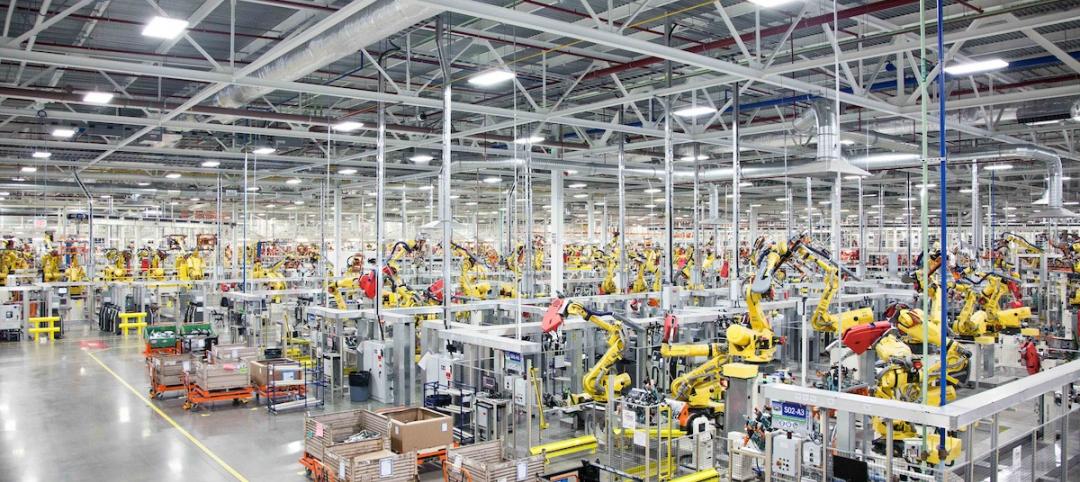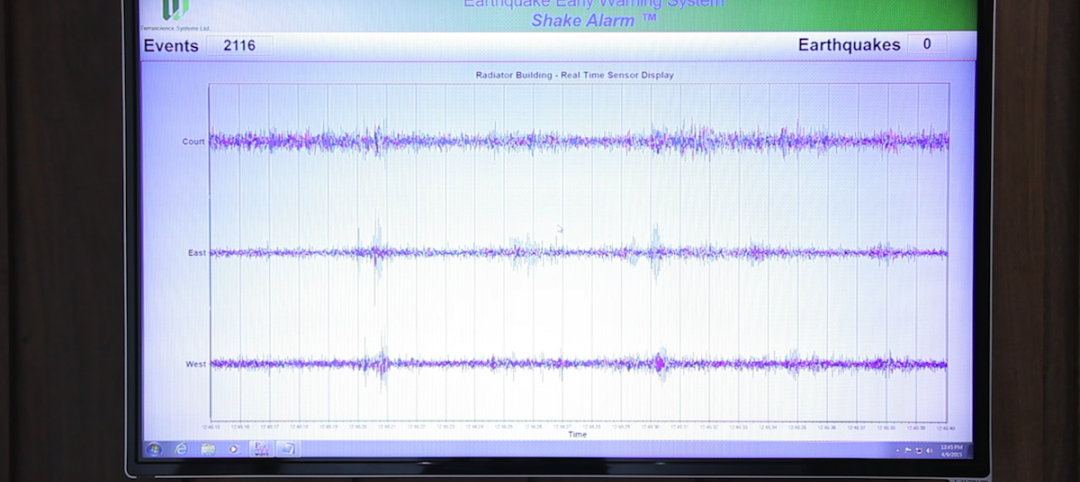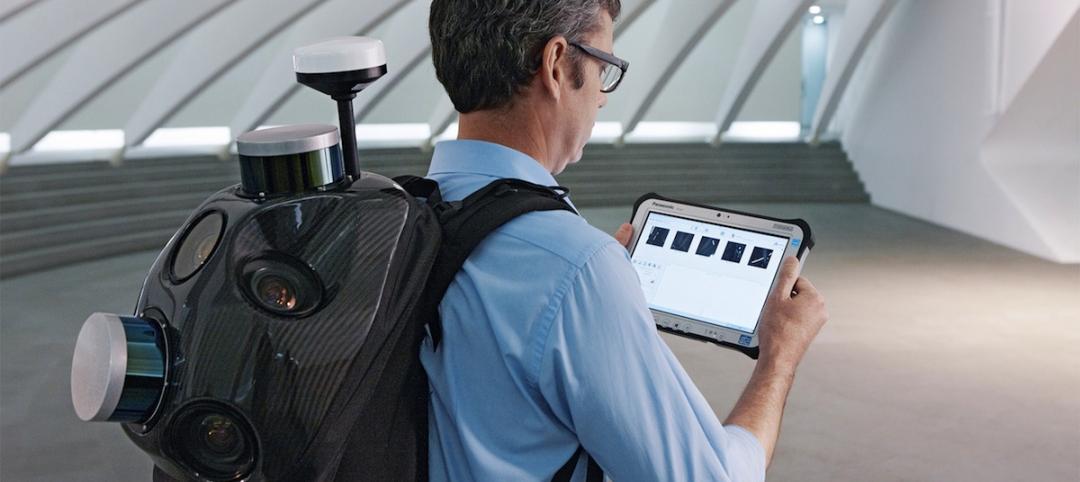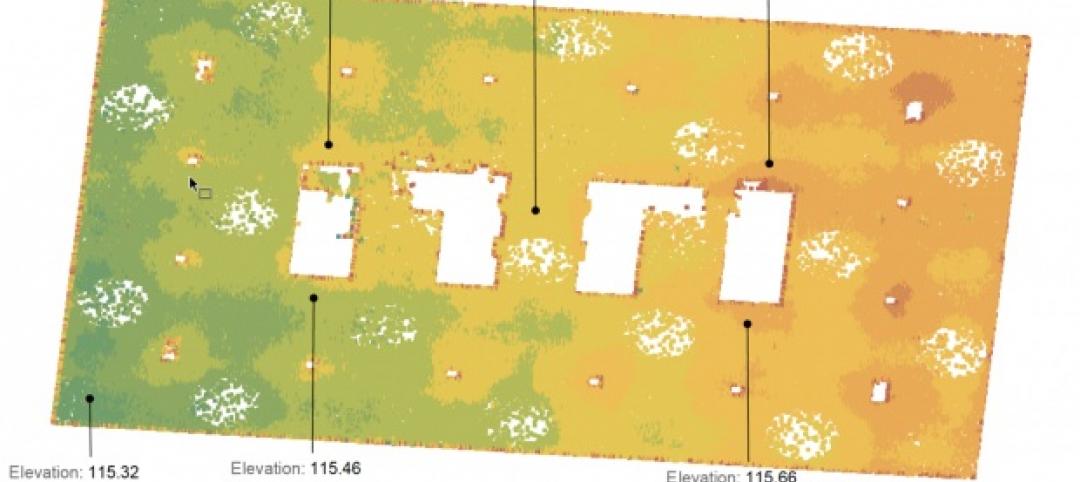Tip of the spear. Cutting edge. Vanguard. These are not words anyone would associate with the construction industry. And when it comes to the nascent technology of artificial intelligence, the construction industry is right near the bottom for both current and future AI adoption.
According to a McKinsey & Company report, only the travel and tourism and professional services sectors have a lower percentage of firms adopting one or more AI technologies at scale or in a core part of their business. When it comes to the average estimated percentage change in AI spending over the next three years, it only gets worse for the construction industry: it’s dead last.
Being last isn’t always such a bad thing, however. Just like how the youngest child gets to watch their older siblings grow up and learn from their mistakes and capitalize on their successes, the construction industry can look at how other industries are leveraging AI, what works and what doesn’t, and take the fast-track to AI dominance.
The McKinsey report identified five current AI applications being used by other industries that could cause an immediate impact in the construction sector:
• Transportation route optimization algorithms for project planning optimization
• Pharmaceutical outcomes prediction for constructability issues
• Retail supply chain optimization for materials and inventory management
• Robotics for modular or prefabrication construction and 3D printing
• Healthcare image recognition for risk and safety management.
In each of these instances, the construction sector would benefit from the work other industries and sectors are putting in to develop the technology. All construction firms would have to do is swoop in and perfect the technology for their own purposes—easier said than done, but still a better option than starting from scratch.
Related Stories
BIM and Information Technology | Jun 15, 2015
Arup report predicts future of manufacturing
Human-robot collaboration, self-cleaning and self-healing materials, mass customization, and 3D printing will herald a new "golden age" of production.
BIM and Information Technology | Jun 14, 2015
Deep data: How greater intelligence can lead to better buildings
The buzzword may be “Big Data,” but the reality is that Building Teams need to burrow deep into those huge datasets in the course of designing and building new facilities. Much of the information is free. You just need to dig for it.
Smart Buildings | Jun 11, 2015
Google launches company to improve city living
The search engine giant is yet again diversifying its products. Google has co-created a startup, called Sidewalk Labs, that will focus on “developing innovative technologies to improve cities.”
Seismic Design | Jun 9, 2015
First building-specific earthquake warning system installed in North Portland, Ore.
The ShakeAlarm system recognizes and quantifies the faster but lower-energy seismic P-wave, which is the precursor to the more damaging S-wave.
BIM and Information Technology | Jun 8, 2015
Ready for takeoff: Drones await clearance for job site flights
The fog is finally lifting on who will be allowed to pilot unmanned aerial vehicles.
Green | Jun 8, 2015
Diamond Schmitt Architects creates tool to compare energy use data across building types
The firm's new ecoMetrics tool allows for a comprehensive analysis of data from energy simulation models across a wide range of the company’s building types.
BIM and Information Technology | Jun 5, 2015
Backpack becomes industry first in wearable reality capture
Combining five high-dynamic cameras and a LiDAR profiler, Leica's Pegasus:Backpack creates a 3D view indoors or outdoors for engineering or professional documentation creation.
BIM and Information Technology | Jun 4, 2015
Why reality capture is essential for retrofits
Although we rely upon as-built drawings to help us understand the site for our design, their support is as thin as the paper they are printed on, write CASE's Matthew Nelson and Carrie Schulz.
BIM and Information Technology | Jun 3, 2015
More accurate GPS ready to change the way we shop, interact, and explore
New technology reduces location errors from the size of a car to the size of a nickel—a 100 times increase in accuracy. This is a major technological breakthrough that will affect how we interact with environments, the places we shop, and entertainment venues.
Sponsored | BIM and Information Technology | May 28, 2015
Does BIM Work as a Deliverable?
Sasha Reed sits down with industry professionals at the BIMForum in San Diego to talk about BIM technology.

















